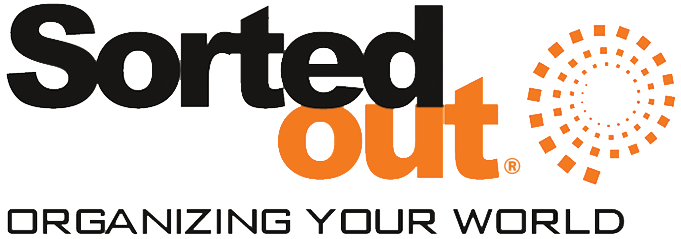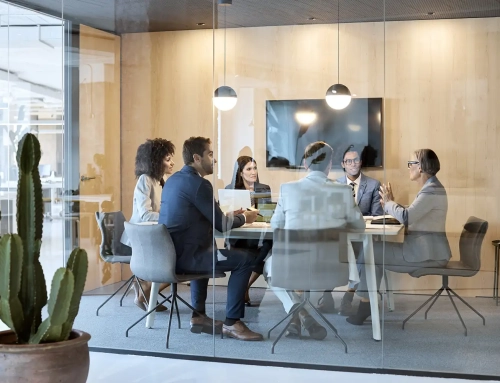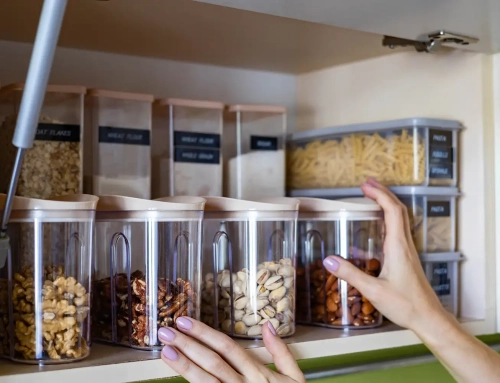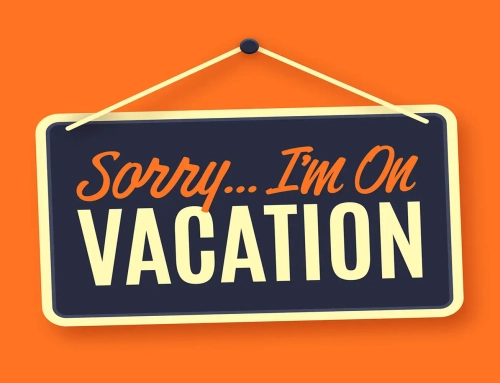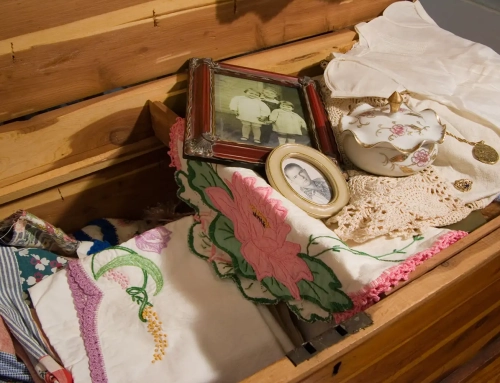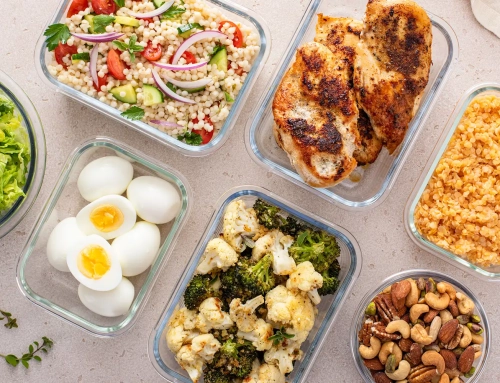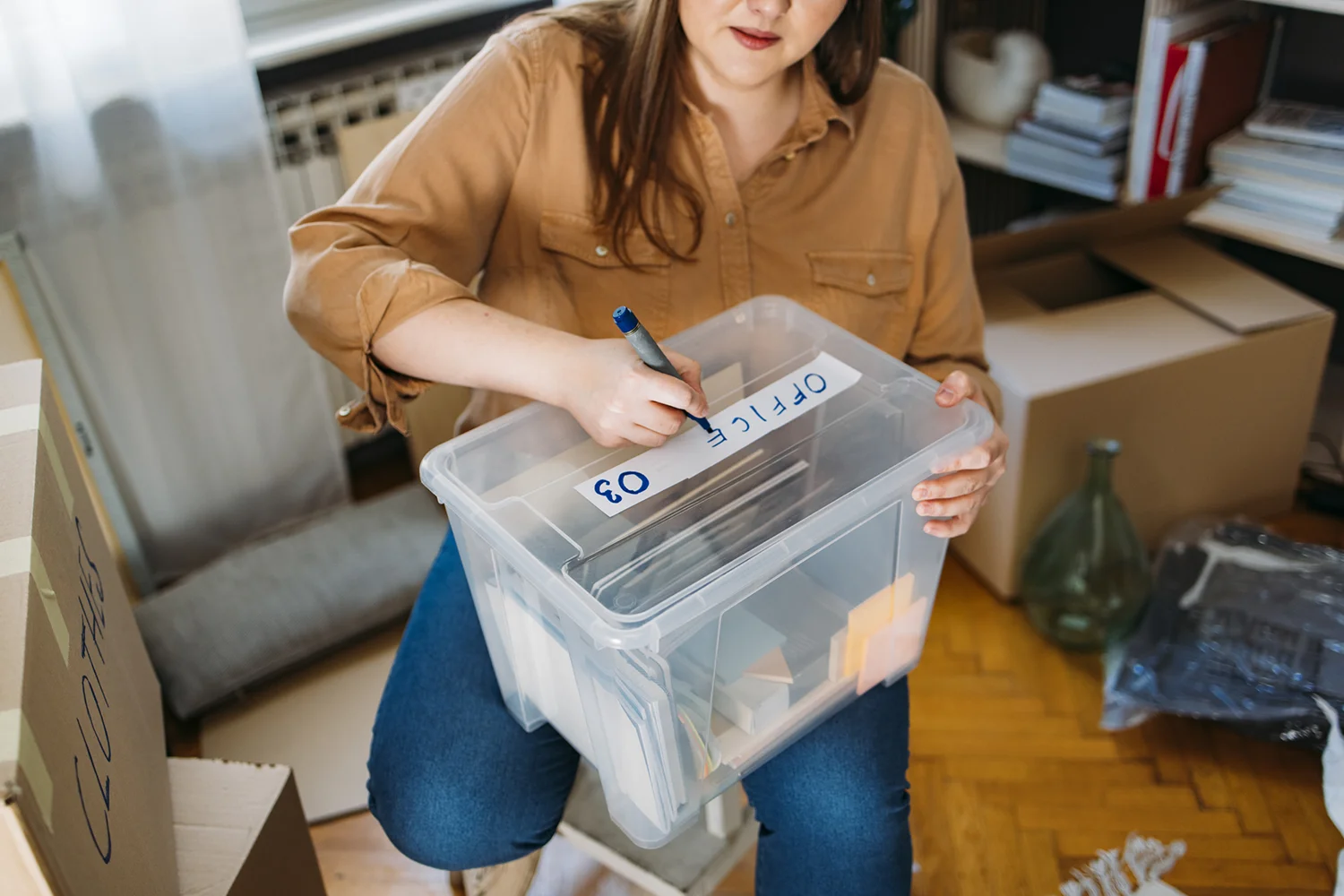
Have I ever typed up a post and not used the word “label”? (I feel like I haven’t!) Labeling is one of the simplest and most critical steps of any organization project. Big or small, at home or at work, in the garage or in the pantry, digitally or on paper files…doesn’t matter! Labeling is critical to sorting out any and every aspect of life. Read on for some quick (and easy) tips to help you label like a professional.
Choose your label maker
Of course, as with most anything, you’re only as good as your tools! Sure, you can simply write out and tape on homemade labels, but label makers are cheap enough that they pay for themselves quickly. Labels made with a label maker last longer and make a huge difference aesthetically as well. There are a variety of label makers on the market, but you’ll want to consider how frequently you’ll have to label things when considering which label maker is right for your needs. If you know you’ll be labeling in different areas/with different purposes you’ll want to consider each label maker’s font, sizing, and label tape options before buying. If hoping to also incorporate color-coding into your organizational system you want to ensure you buy a label maker that prints in colored ink, or a label maker that has colored tape options.
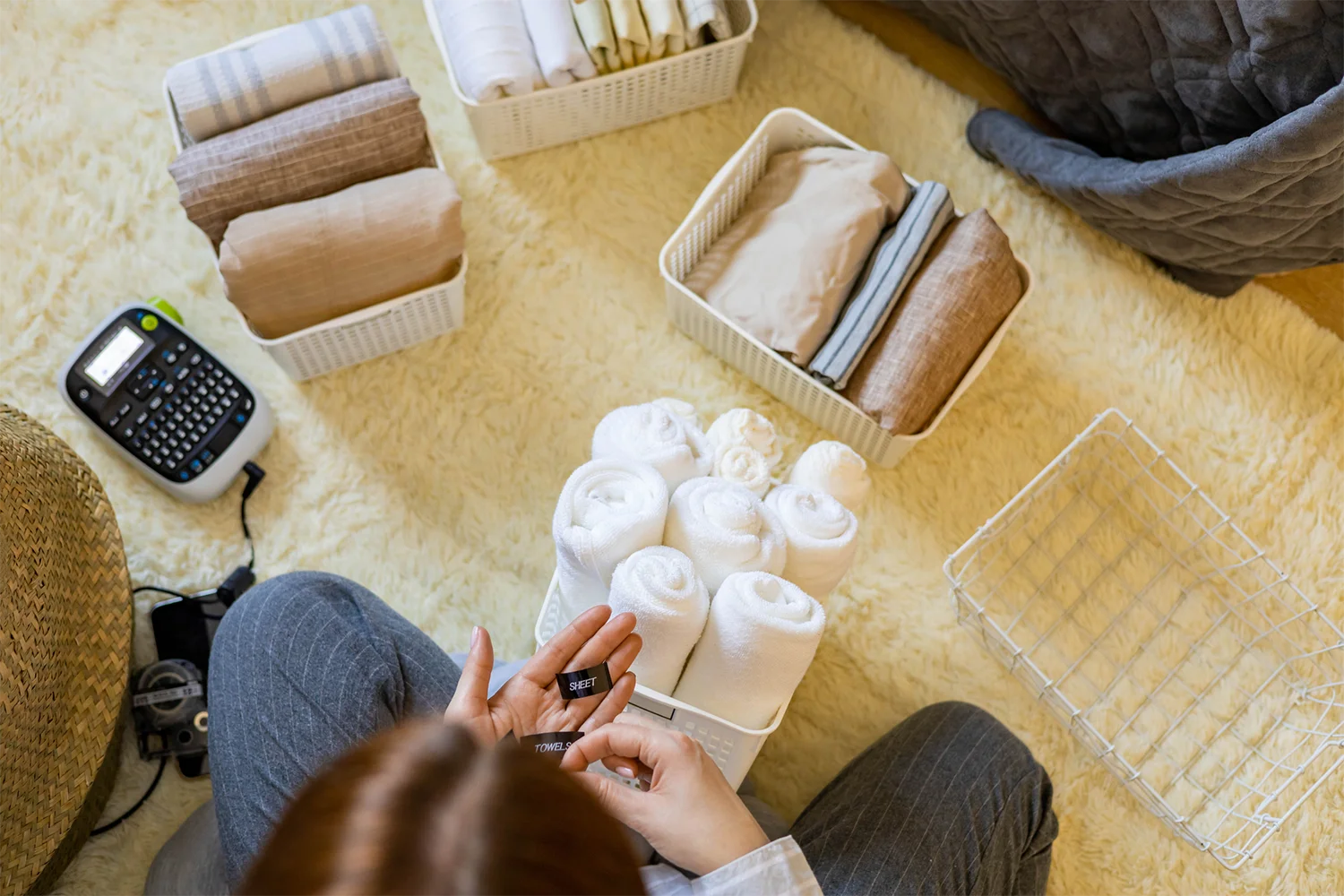
Start with using labels that are movable
One of my favorite tips (that ultimately helps save you money, too!) is to “label before labeling”. It’s best to first use sticky notes to label your project, as opposed to immediately printing your “real” labels and adhering them. Using temporary labels that are movable allows you to easily make adjustments if necessary. I can’t tell you how many times I’ve started labeling areas of…let’s say, an office closet, only to change my mind about where something would best be suited and having to remove and reprint. Reprinting and relabeling wastes both time and label tape; so, start off with movable temporary labels and only print the final label once you have a set-up you’re happy with.
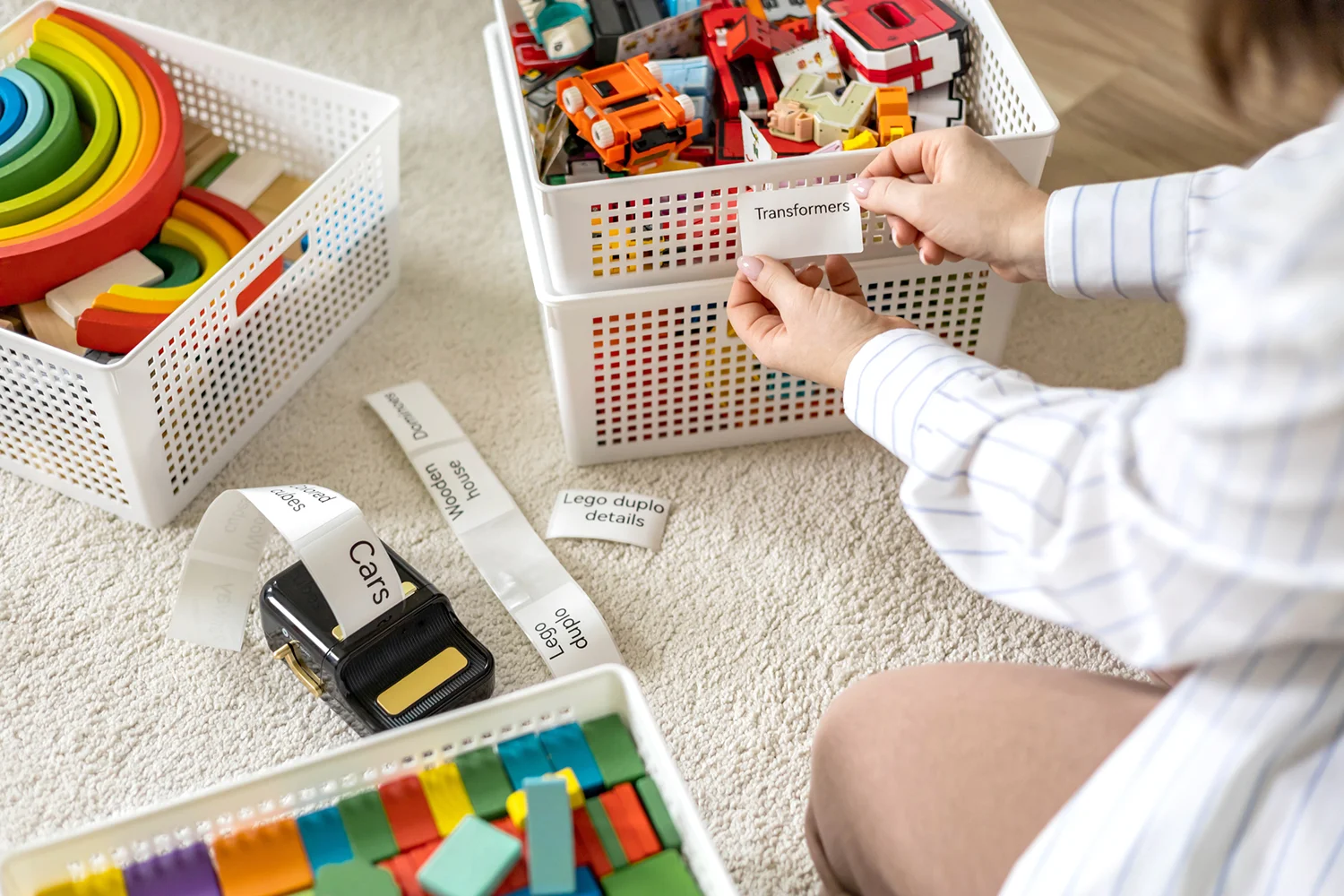
Readability
Always consider who you are labeling for before printing! If labeling for someone with sight impairments, you’ll want to make sure to print in a larger font. If labeling in a playroom, try to use shorter words and ensure you use an age appropriate font (no cursive or quirky, nearly unreadable typefaces!) Labeling is about customizing for the person, or people, you are labeling for, much like the organizational system you are establishing (such as those with ADHD vs. without). If labeling in an area that will be a common space shared with a variety of people, a simple, commonly used font in a large size is best.
Make it uniform
It’s important to stay consistent with labeling throughout your home. Sticking with the same fonts, sizing, etc. is best because it creates awareness and instant recognition for everyone in the space. Having uniform labels throughout also helps reduce “visual clutter”.
Color-code
Many label makers on the market now have the ability to print in color. Or you can buy label tape of various colors to print your labels on. Using different colors for different labels can help everyone differentiate between categories. Some of the best categories for color-coded labels are family members, holidays, or the spaces/rooms in the home in which the item belongs to. For example, you may have designated the purple dry erase marker for your oldest daughter’s activities on the family calendar. Her laundry basket beside the dryer may also be purple, and her homework bin and lunchbox may have her name printed on a purple label. Or, playroom closet labels may be printed on yellow tape, whereas toy bins located in the basement may be labeled on green tape. Color-coded labels are great for anyone with ADHD, as well as for children not yet of reading age!
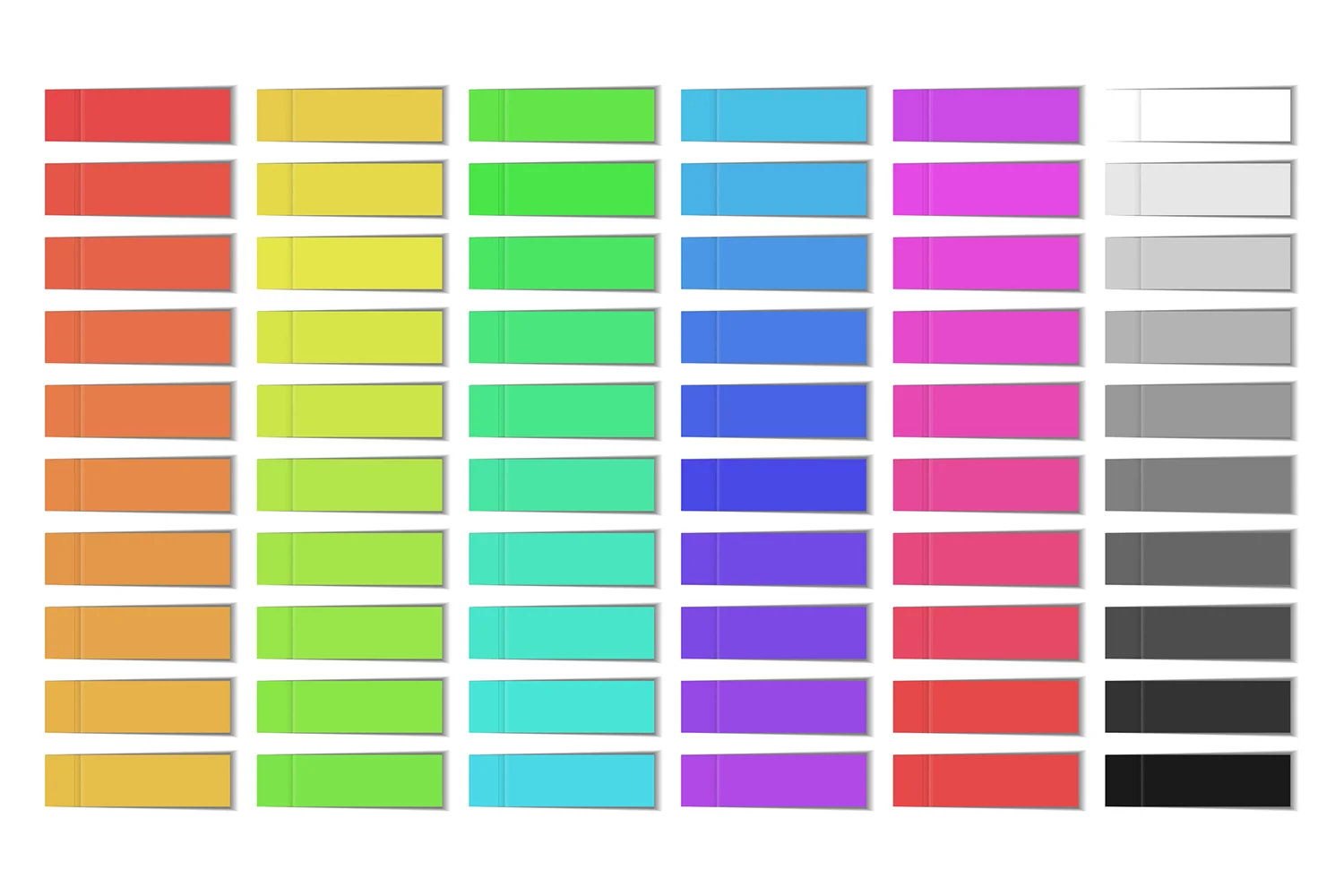
Consider the space you are labeling
Your labels will be more efficient and last for a longer duration of time if you think about whether the labels in different spaces will need to be specific, or, if they should be broader. In a pantry, you may have a container labeled “snacks” rather than labeling it for a specific brand/type of snack the household is currently into. These types of labels would need frequently changed if made too specific, whereas in an office you may have more established and permanent systems in place. Within office files you may label a file cabinet drawer broadly, but then each folder within the drawer is labeled with a more specific subcategory. Labeling is ultimately about how YOU use the space and what makes the most sense to YOU; don’t overcomplicate it!
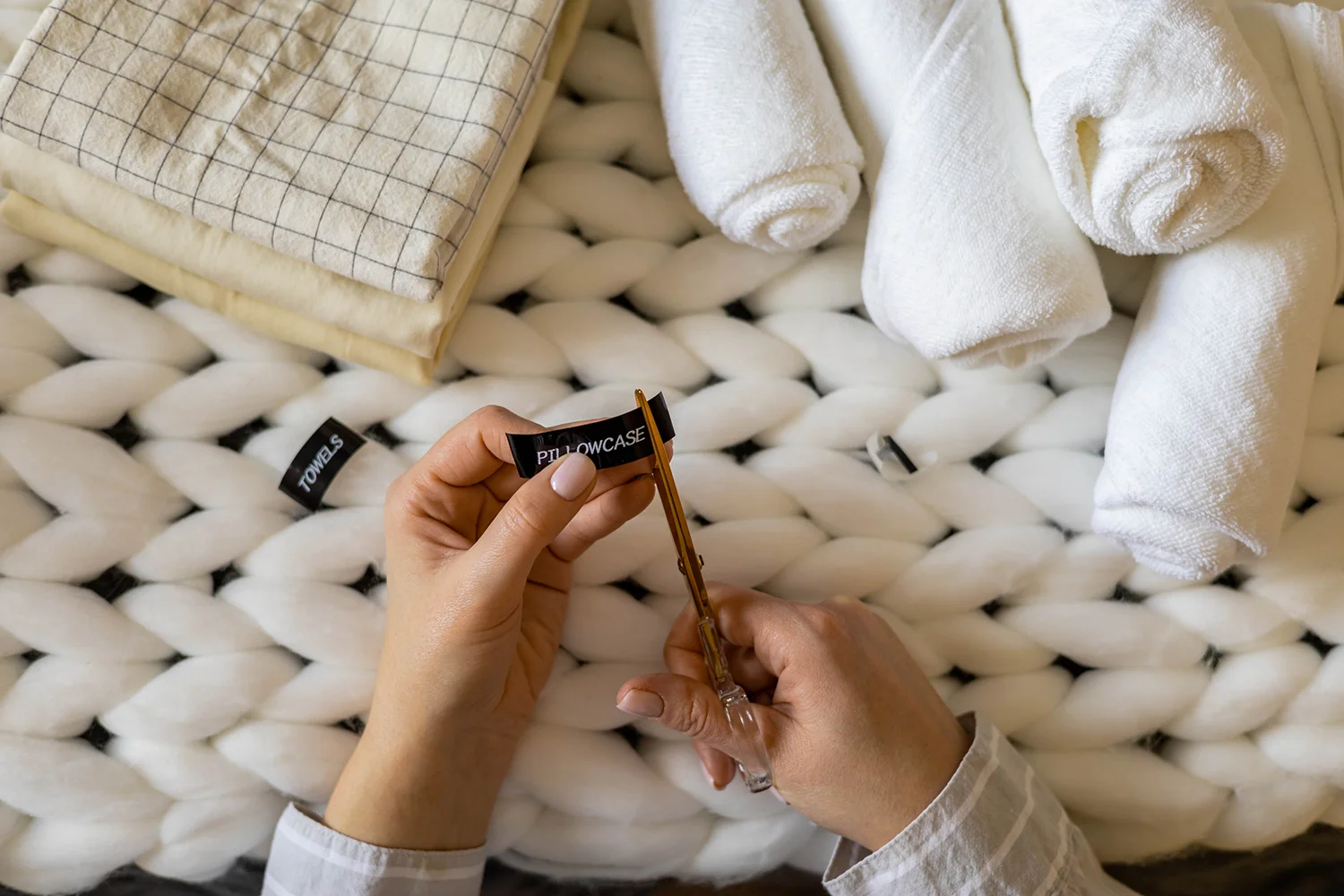
Creating your label and applying it
For each space, what you use to place the label may differ. In closets where you are using cloth bins, use a bin clip to place the label securely. For most organization in a pantry, you can adhere the label directly to the container. Determine where it is best to place the label and try to stay uniform in that regard as well. Whether that be the shelf, on the container itself, using a bin clip, etc. you want to pick the same location for each labeled item in a shared space. For example, if labeling shelves, if you decide the top right corner is the best visibility wise, place all labels, for each shelf, on the top right corner. If directly placing labels on containers within the pantry, labels may be best centered on the front of each container.
Again, the best (and most fun!) part of labeling is the unique customization you can create for YOU. If you consider the above tips and come up with a uniform system for the spaces in your home you will not only see the improved organization, you will feel it as well. At Sorted Out® we LOVE labeling and would be more than happy to help. If you want us to specifically address the labeling process for any area of your home or if you simply need a recommendation for which label maker may be best for you to purchase, please send us an email at info@sortedout.com.
Looking forward to hearing from you,
Tonia
Request a Consultation
There are so many ways that organization can help take back a space that is overwhelming and bring it to functional! We are excited to help start your journey to an organized and productive space.
